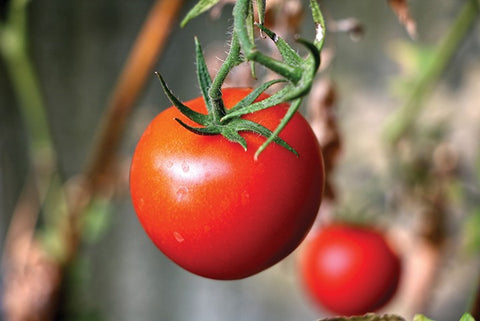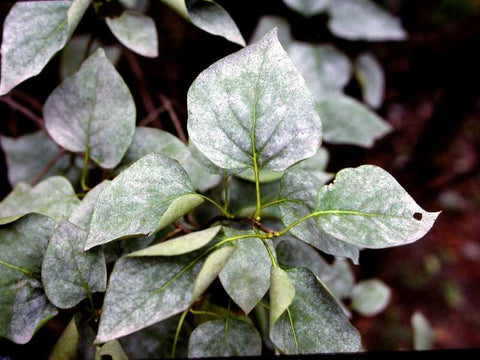Blossom End Rot
- Blossom End Rot can affect
- Tomatoes
- Peppers
- Squash
- Cucumbers
- Melons and other vegetables
Rot is most prevalent when the growing season starts out wet and then gets dry and hot. It starts out as a leathery black spot on fruit. Unlike other fungal diseases, rot is not a disease, but an imbalance of the soil. A lack of calcium in the soil or a soil condition that affects the uptake of calcium from the roots is the cause of the disorder.
Blossom End Rot is not contagious, however, affected plants cannot be brought back easily to an original state within the growing season. If treated early, the later fruit produced can be salvaged. Blossom End Rot should be approached with the mind set to prevent it through soil chemistry and amendments prior to the growing season.
Causes:
Imbalanced pH – Maintaining a pH of 6.3 to 6.8 allows plants to utilize the nutrients in the soil. Rarely are soils deficient in calcium. More often, the pH is not in an acceptable range for the plants to utilize the fertilizer and soil nutrients efficiently. Soil testing and adding lime or Sol-uCal is the solution.
Too much nitrogen – High levels of nitrogen prompt green growth which requires higher nutrient absorption to support the growth and fruiting of the plant. Fertilizer provides nitrogen, phosphorus and potassium. Fertilizer does not usually have calcium or trace minerals. Some fertilizers will add iron or another mineral in their formulations, but not a complete balance of trace minerals when growth is excessive from nitrogen added. The correction is to make sure the pH is in the proper range for adequate uptake of calcium and using a lower nitrogen, higher potassium fertilizer to support root development early in the season.
Improper watering – Too much water smothers roots which cannot pull calcium from the soil. Too little water can stunt root development, which is less surface area to acquire calcium, especially to transplanted veggies that had root injury at the time of transplant.
Temperature – If the soil was too cold at the time of planting, roots development is affected, and the root systems are not as efficient at pulling calcium from the soil even if pH is in an ideal range.
Strategy:
If you find rot starting at the bottom of your fruit, remove and toss the fruit. You will not be able to salvage it. Use Bonide Rot-Stop Tomato Blossom End Rot products which provide a highly soluble calcium source to help delay the inevitable problem of rot so that you can harvest some of your produce early. Soil test to check pH and plan this fall for how to address deficiencies in the soil. Water consistently at the soil level to provide about an inch per week of water.
























